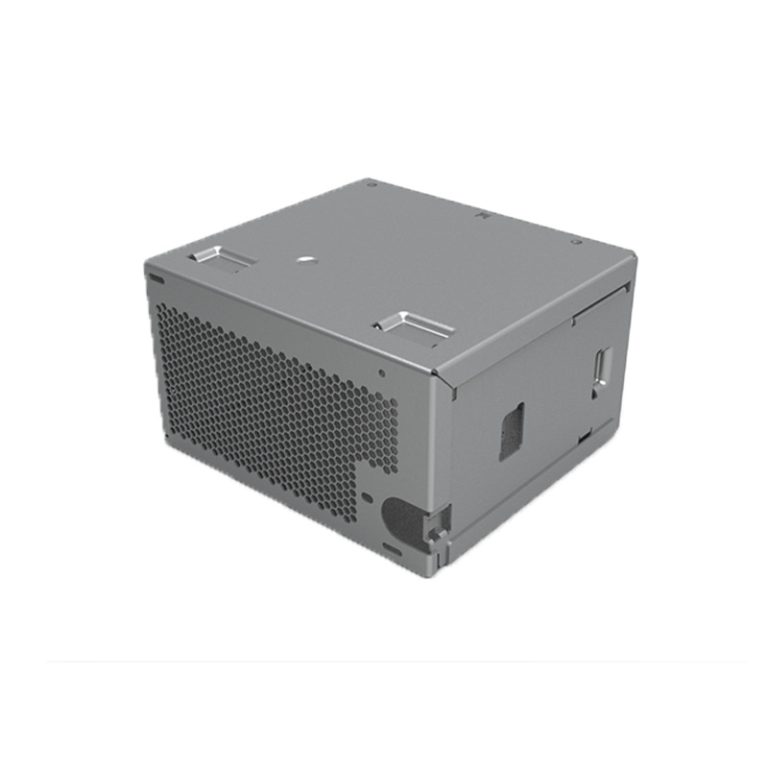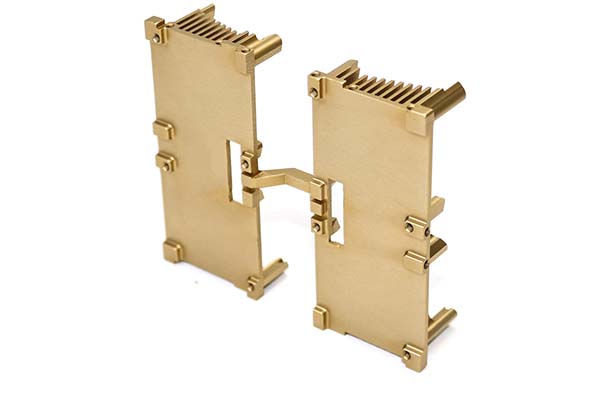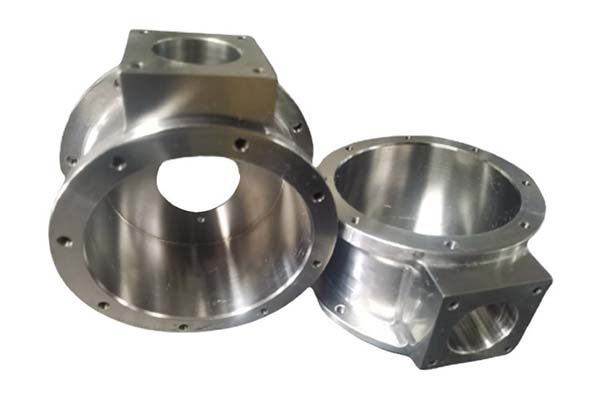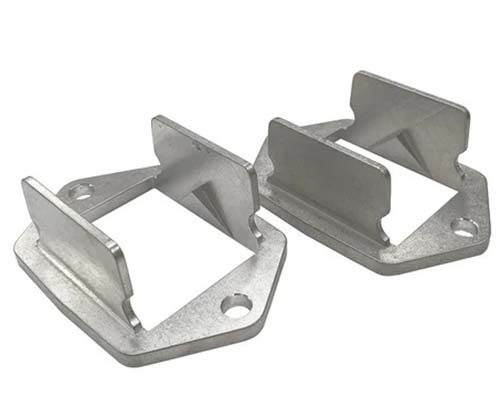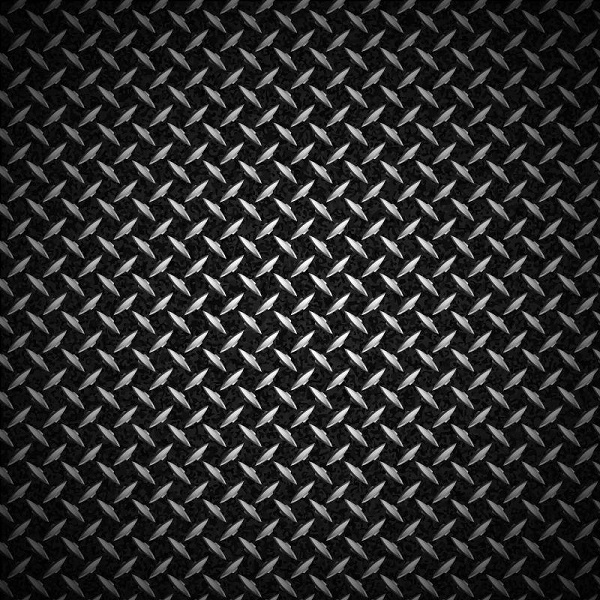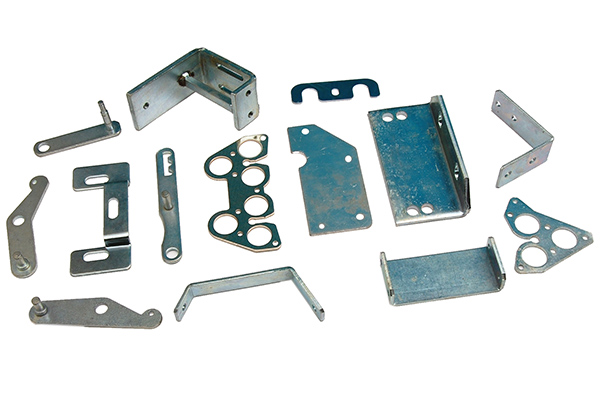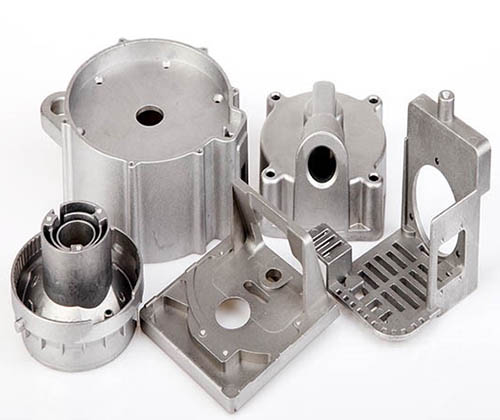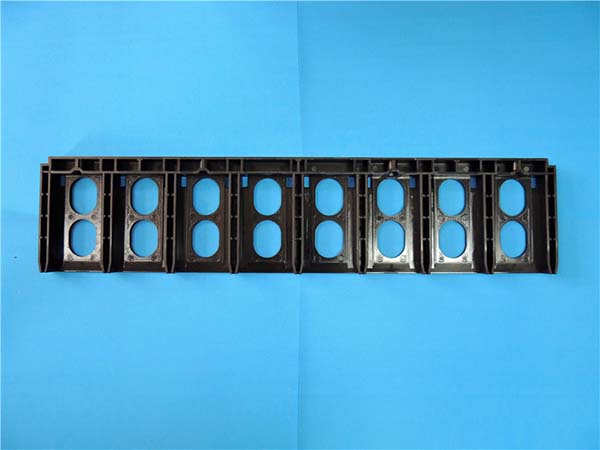Introduction
Engineers and manufacturers often struggle to find a material that excels in both electrical conductivity and thermal conductivity while offering sufficient strength and corrosion resistance. Many metals either lack the conductivity needed for electrical components or are too brittle for complex forming. Sheet Metal Copper & Alloys solve this challenge, providing a range of options from highly conductive pure copper to durable brass and bronze alloys. In this article, we’ll explore their composition, manufacturing processes, surface treatments, and applications to show why they’re indispensable in industries from electronics to aerospace.
Material Composition and Properties of Sheet Metal Copper & Alloys
Alloy Composition
- Pure Copper and Alloys: Pure copper (99.9%+ copper content) is the base for all copper alloys, prized for its unmatched electrical conductivity (100% IACS). Copper alloys like brass (copper + zinc, 55 - 95% copper) and bronze (copper + tin, often with other elements like phosphorus or aluminum) add alloying elements to enhance specific properties. For example, brass (60/40 copper/zinc) offers better strength and machinability than pure copper, while phosphor bronze (90% copper + 10% tin + phosphorus) boasts superior corrosion resistance and spring properties.
Mechanical and Physical Properties
- Conductivity and Ductility: Sheet Metal Copper & Alloys are defined by their exceptional electrical conductivity and thermal conductivity. Pure copper leads with 100% IACS electrical conductivity, making it ideal for electrical components like bus bars and wiring. Brass has 25 - 40% IACS, while bronze ranges from 15 - 30%—still high enough for many conductive applications. All copper materials offer excellent ductility, with pure copper elongating up to 45% before breaking, allowing for bending, forming, and rolling into intricate shapes such as plumbing fittings and architectural components.
- Strength, Corrosion Resistance, and Hardness: Pure copper has moderate strength (tensile strength 200 - 300 MPa) but low hardness (35 - 45 HB). Alloys like brass (tensile strength 300 - 600 MPa) and bronze (400 - 800 MPa) provide higher strength and hardness (60 - 150 HB). Corrosion resistance varies: pure copper resists oxidation and mild acids, brass excels in freshwater, and bronze (especially aluminum bronze) withstands saltwater and harsh chemicals, making it perfect for marine applications and industrial machinery. All copper materials are highly recyclable, with recycled copper retaining 95% of its original properties.
Manufacturing Processes of Sheet Metal Copper & Alloys
Forming and Shaping
- Rolling and Forming: Rolling produces copper sheets in thicknesses from 0.1 mm to 10 mm, with pure copper and soft brass rolling easily due to their ductility. Bending and forming are straightforward—pure copper can be bent to 180° without cracking, while bronze may require annealing for tight radii. CNC machining is efficient for brass (known as the “machinist’s friend”) due to its free-cutting properties, while pure copper needs sharp tools to avoid tearing. Welding copper requires specialized techniques (like TIG with filler metal) to counteract high thermal conductivity, which can dissipate heat too quickly.
- Heat Treatment and Cutting: Annealing (heating to 400 - 600°C) softens copper alloys after cold working, restoring ductility for further forming. Laser cutting and electrical discharge machining (EDM) produce precise shapes for electronics and medical devices, where accuracy is critical. Punching and shearing are used for high-volume parts like electrical components and plumbing fittings, leveraging copper’s ability to hold tight tolerances.
Surface Treatment and Finishing of Sheet Metal Copper & Alloys
Protective and Aesthetic Treatments
- Plating and Passivation: Plating is common to enhance properties: tinning (tin coating) improves solderability for electronics, while silver plating or gold plating boosts conductivity and corrosion resistance in high-end electrical components. Passivation with chemicals like chromates protects against oxidation, preventing the green patina (cuprous oxide) that forms on unprotected copper—important for architectural components and jewelry.
- Polishing and Finishes: Polishing copper alloys to a mirror finish is standard for artistic applications and musical instruments (like brass horns). Brushed finish adds a subtle texture, popular in HVAC grilles and furniture hardware. Chemical conversion coating (like black oxide) provides a protective, decorative layer, while lacquering preserves the metal’s natural luster in jewelry and decorative parts. Surface roughness is controlled to 0.02 - 1 μm Ra for critical applications like electrical contacts.
Applications of Sheet Metal Copper & Alloys
Electrical, Electronics, and Telecommunications
- Electrical Components and Electronics: Pure copper sheets are used for electrical components like transformer windings and motor commutators, thanks to their conductivity. Brass is ideal for connectors and terminals due to its machinability, while bronze makes durable switch contacts. In electronics, copper sheets form heat sinks for CPUs, leveraging their thermal conductivity to dissipate heat efficiently.
- Telecommunications: Telecommunications relies on copper alloys for antenna components and cable shielding, where conductivity and corrosion resistance are key. Brass brackets and bronze connectors ensure reliable signal transmission in harsh environments.
Construction, Automotive, and Other Industries
- Construction and Plumbing: In construction, copper sheets are used for roofing, cladding, and architectural components—their oxidation resistance develops a distinctive green patina over time, blending with historic buildings. Plumbing systems use brass fittings for their corrosion resistance to water, while bronze valves withstand high pressures in industrial piping.
- Automotive, Aerospace, and More: The automotive industry uses copper alloys for radiators (brass tubes) and electrical wiring. Aerospace applications include bronze bushings and brass connectors, where weight and reliability matter. Beyond industrial uses, copper alloys shine in musical instruments (brass trumpets, bronze cymbals) and jewelry, where their luster and workability are prized.
Yigu Technology's Perspective
As a parts custom manufacturing supplier, Yigu Technology leverages Sheet Metal Copper & Alloys for their unique blend of conductivity, ductility, and versatility. We use CNC machining and laser cutting to produce precision parts for electronics, HVAC, and automotive clients, from pure copper heat sinks to brass connectors. Our expertise in plating and polishing ensures each component meets performance and aesthetic standards, making copper alloys a cornerstone of our custom solutions.
FAQs
- What’s the difference between brass and bronze?
- Brass is a copper-zinc alloy, offering good machinability and conductivity—used in plumbing and electrical components. Bronze is copper-tin (often with other elements), prized for corrosion resistance and strength—ideal for marine applications and bearings.
- Why is pure copper less commonly used in structural applications?
- Pure copper has low strength (tensile strength ~200 MPa) compared to alloys like brass (300 - 600 MPa). Alloys are preferred for structural parts where strength is critical, while pure copper is reserved for conductive applications.
- Can copper alloys be recycled?
- Yes—copper is 100% recyclable without losing properties. Recycled copper retains 95% of its original value, making it one of the most recycled metals globally, supporting sustainable manufacturing.
